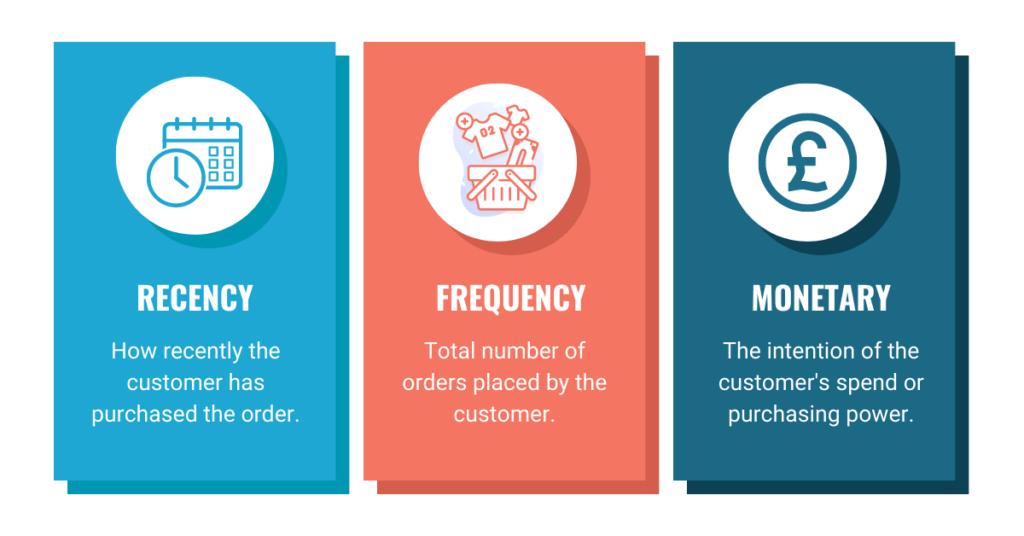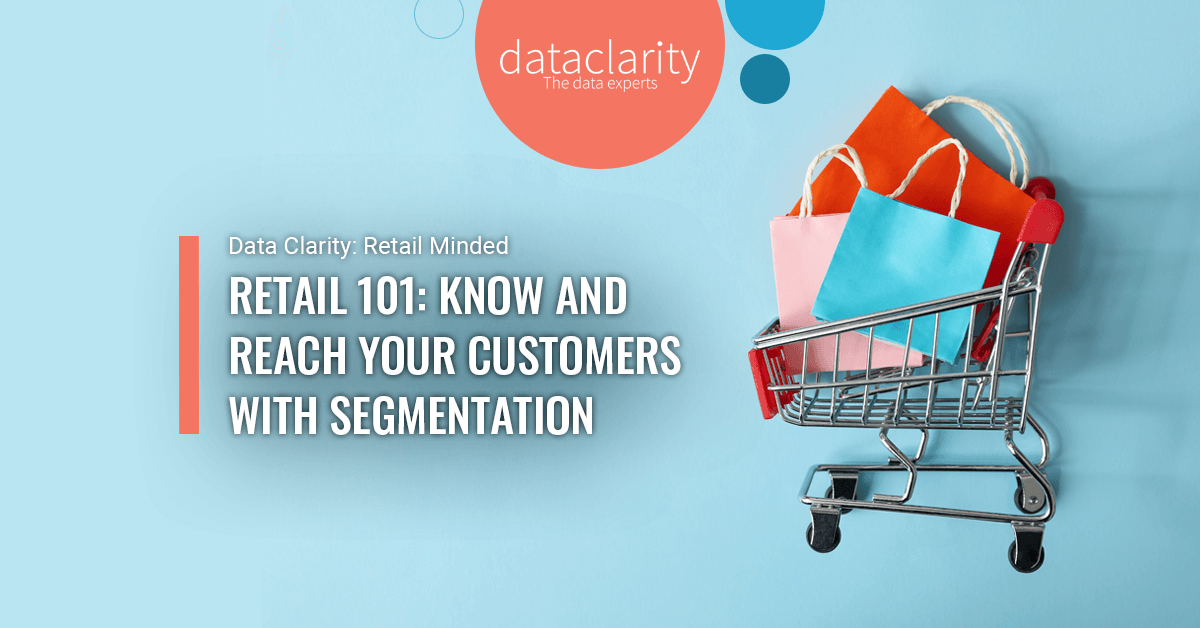Retail 101: Know and Reach your Customers with Segmentation
11th May 2023
What if you could predict your customer’s next purchase move? With the hand of customer segmentation, its entirely certain – especially in today’s retail landscape.
Personalisation is now the baseline of expectation from customers and clients, with McKinsey’s report, Next in Personalization, identifying 71% of customers are more likely to buy from a brand that provides such tailored experiences. However, it’s impossible unless you can get a clear picture of different customers you serve and where they are in the customer journey.
It’s very rare that businesses will have one type of customer, so treating your customers according to their individual needs is essential.
Let’s take a look what’s behind customer segmentation.
What is Customer Segmentation?
Customer segmentation is a well-established and proven technique that allows organisations to divide customers (and prospects) based on common and similar attributes and behaviours. This effective way of understanding and managing relationships enables organisations to drive long-term value by understanding customer behaviour and influencing future behaviour through targeted marketing actions.
Why is Segmentation Important?
Successful customer segmentation in retail can help those know and reach their customers effectively.
- Through customer segmentation, businesses can provide rich insight on commonalities within groups to inform and change your marketing actions, to maximise a customer’s value and grow revenue.
- It’s the key enabler for tailoring and personalising marketing campaigns to specific customer groups to drive acquisition, retention, engagement, and reducing costs (because you know what they want!)
- It allows you to conduct an analysis of your data stored in your database, helping to identify potential opportunities and challenges based within it.
How to Segment Customers and Prospects?
Using segmented data, examples of successful customer segmentation models include:
- Lifecycle stage: Prospects, subscribers, active customers, at risk, lapsed and dormant customers.
- Customer lifetime value and order count: How much each customer is worth, and the total number of orders placed across their lifetime.
- Recency, Frequency, Monetary Value (RFM) Segmentation :
RFM is a marketing model to identify which of your customers are most likely to purchase again. Those that are the most recent customers, highest frequency of purchases and highest monetary value customers will be the ones that are most likely to purchase again.

How to use Customer Segmentation right
Common segmentation cases include:
- Understanding what’s happening within segments (e.g., new vs returning customers, revenue, products purchased, returns, frequency and order value) and why.
- Spotting potential VIPs early based on repeat purchase activity.
- Identifying customers at risk of churning.
- Identifying and targeting lookalikes based on specific segments.
- Establishing when to offer a promotional discount, and to whom.
- Nurturing VIPs.
- Establishing opportunities to re-engage.
Effective use of segmented data builds competitive advantage by increasing customer engagement, satisfaction and loyalty. The ability to market products based on relevance, to the right customer, at the right time is essential to success.
That’s why, our solution ClarityOmnivue has specific focus on customer segmentation, and golden record management.
ClarityOmnivue delivers true, accurate data that is utilised to create individually customised targeted marketing campaigns that are personalised and relevant to the customer. This greater, personalised approach when connecting with customers engenders trust and a positive digital relationship with the customer whilst at the same time, is compliant with the customer’s privacy settings.
Using ClarityOmnivue to generate personalised campaigns, our client Paul Smith have achieved an average increase in conversion rates of 40% like for like marketing activities compared to previous years. Despite the previous Covid-19 situation, this has demonstrated the power and potential of marketing on relevance and truly understanding online and offline customers’ buying behaviours.
If you’ve missed any of these blogs from our Retail 101 series, catch up here:
Part 1: Know and reach your customers with segmentation
Part 2: Gather a single, accurate view of your customer
Part 3: The value of customer lifetime value
Part 4: Exploring the Dynamics between Product and Customer Loyalty
If you’d like to be reminded when new blog posts are published, follow us on LinkedIn.
